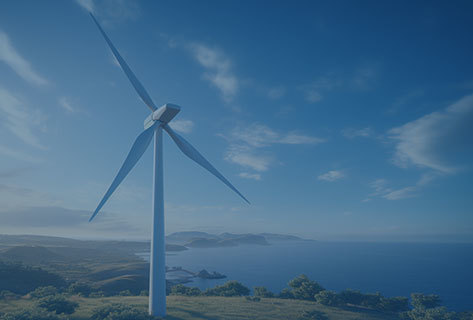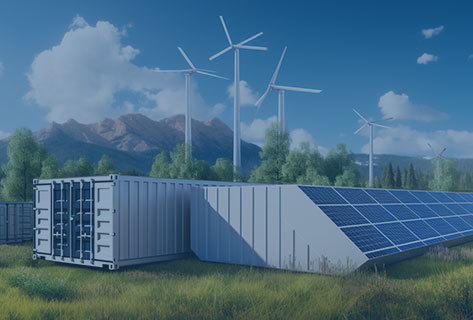Core Technology
Dual-rotor high-end mixing technology
The tower-type dual-rotor mixing technology enhances the physical properties of intermediate membranes, such as toughness, weather resistance, and elasticity, by precisely modifying the polymer material. This optimization improves mechanical stability and durability, meeting the demands of high-performance applications.
Nano-dispersion technology
Nano-dispersion technology ensures uniform distribution of micro-particles and additives in polymer resins, improving the performance, stability, and quality of intermediate membranes. It enhances properties like anti-aging, impact resistance, and optical performance, ensuring higher product quality standards.
Adhesion adjustment technology
Adhesion adjustment technology ensures strong bonding performance even in extreme climates and low temperatures (as low as 80°C). It optimizes adhesive structure at the molecular level, improving stability and bonding efficiency in various environmental conditions.
Laboratory




Production capacity

Warehouse 1

Warehouse 2

Warehouse 3

Warehouse 4
Quality Inspection
Our products are rigorously tested with a range of high-precision instruments to ensure superior performance in a variety of use environments:
Film Tensile Testing Machine
Purpose: Measures the maximum tensile and tear strength of materials and their elongation properties.
Testing Standards: Complies with GB/T 1040.1-2018, GB/T 1040.4-2006, and GB/T 529-2008. Test samples are conditioned for at least 24 hours at 23±2°C and stretched at a speed of 50±5 mm/min until tearing occurs.
Results: 1. Tensile strength ≥34 MPa 2. Tear strength ≥120 kN/m 3. Elongation at break >225%

Constant Temperature and Humidity Chamber
Purpose: Controls temperature and humidity to simulate the thermal shrinkage behavior of materials.
Procedure: Initial sample length is recorded. Samples are placed on a talc-coated tray and heated at 70±1°C in an oven for 1 hour. After cooling to room temperature, the final length is measured, and thermal shrinkage is calculated.
Results: Thermal shrinkage rate ≤3%.

UV Accelerated Aging Tester
Purpose: Simulates and accelerates material aging under UV radiation to evaluate durability.
Procedure: Tested according to GB/T 5137.3-2020. Samples are exposed to UV radiation at 45±5°C for 200 hours, and changes in light transmittance are measured.
Results: o Visible light transmittance reduction ≤3% after 200 hours o No noticeable discoloration, bubbles, or haze.

Light Transmittance Tester
Purpose: Measures visible light transmittance to assess material transparency.
Procedure: Conducted per JC/T 2128-2012 and GB/T 2680.
Results: Visible light transmittance ≥86%.

Haze Meter
Purpose: Evaluates the clarity of materials by measuring light scattering.
Procedure: Measures three random points on each sample, with the arithmetic mean taken as the final haze value.
Results: Haze ≤0.5%.

Boiling Test Chamber
Purpose: Simulates high-temperature immersion to test water content and thermal resistance.
Procedure: 1. Samples are heated at 140°C to determine water content. 2. Samples are preheated in water at 65±3°C for 3 minutes, then immersed vertically in boiling water at 98–100°C for 2 hours, cooled to room temperature, and visually inspected for defects.
Results: o Water content ≤0.2% o Thermal resistance: Edge glue loss ≤5 mm, no bubbles or discoloration beyond 12 mm from the edge.

Impact Testing Device
Purpose: Tests impact resistance and safety performance by evaluating material fragmentation.
Procedure: A 454 g iron hammer strikes the glass surface evenly until complete breakage occurs.
Results: Impact resistance value ≥7.

Post-Damage Rigidity Tester
Purpose: Evaluates the structural integrity and rigidity of materials after damage.
Procedure: 1. Samples are mounted, and the initial height is recorded. 2. The glass corners are struck to induce breakage. 3. After 8 hours, the height difference is measured.
Results: Residual strength after breakage: o Thickness 0.76 mm: Front-end drop <12 cm o Thickness 0.89 mm: Front-end drop <12 cm o Thickness 1.14 mm: Front-end drop <10 cm

Technical Support





